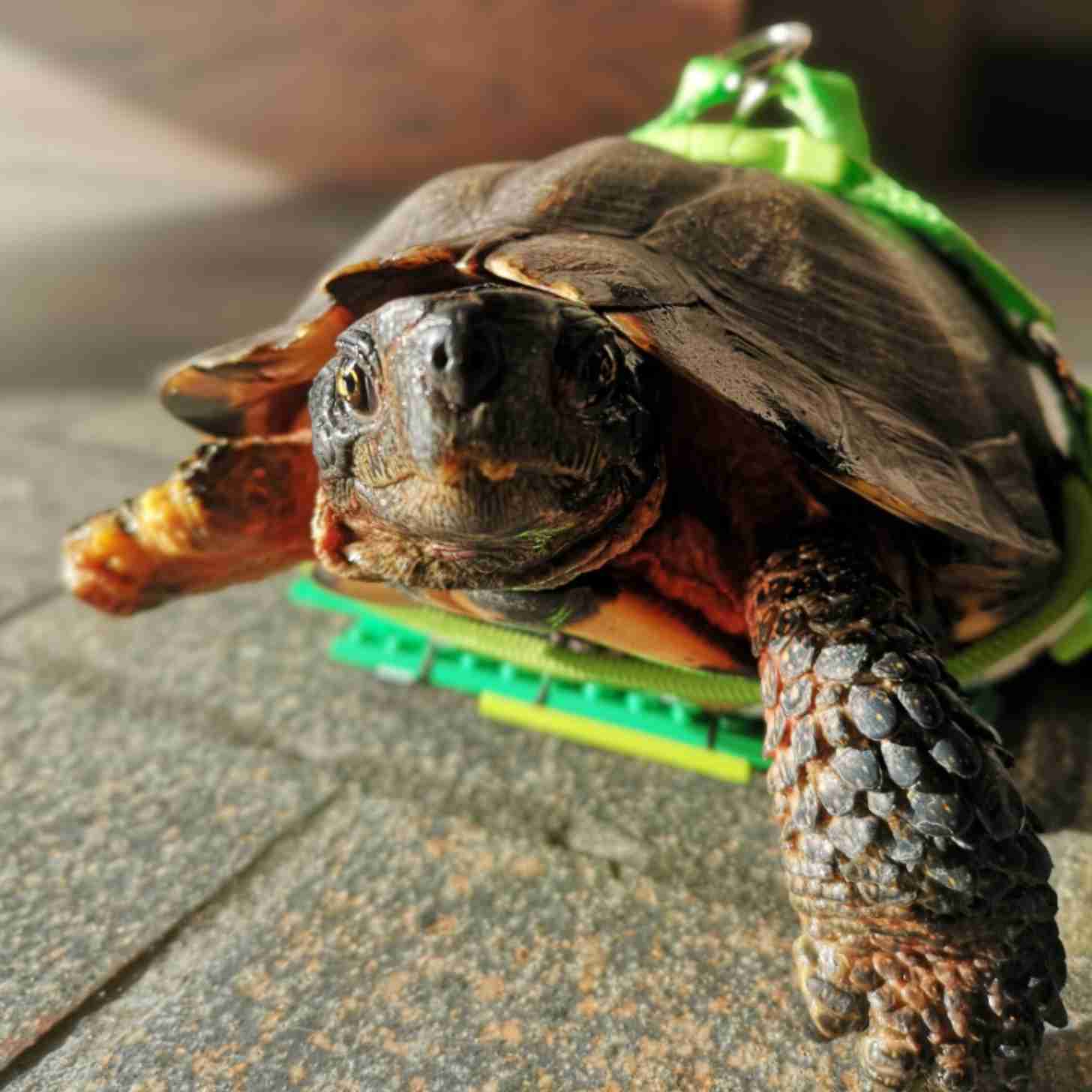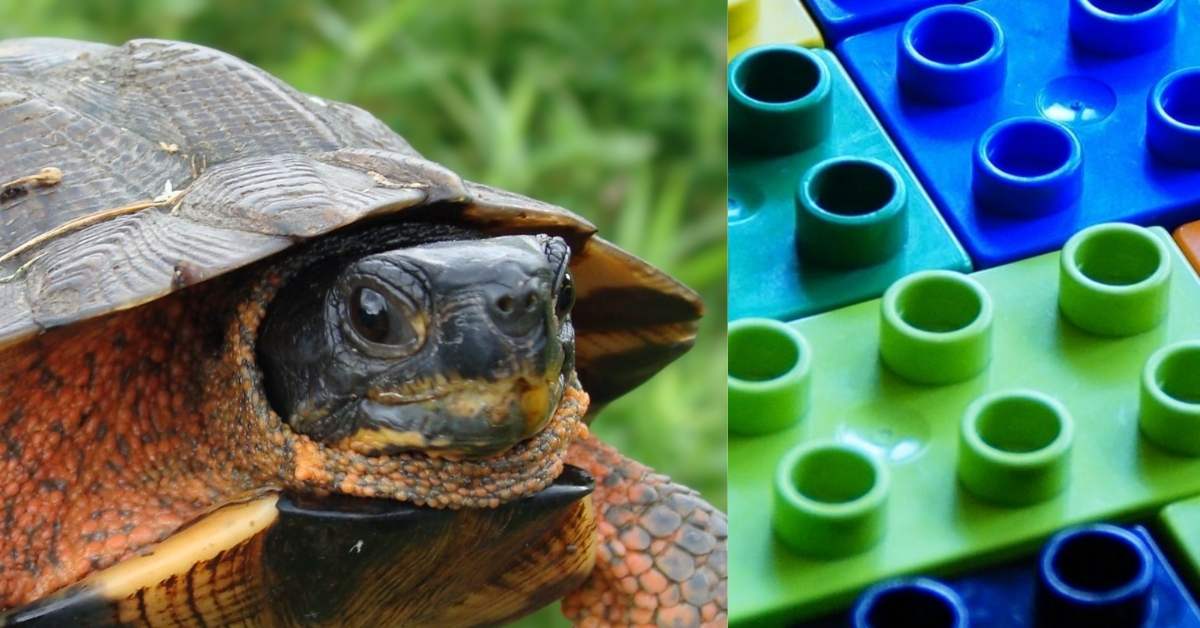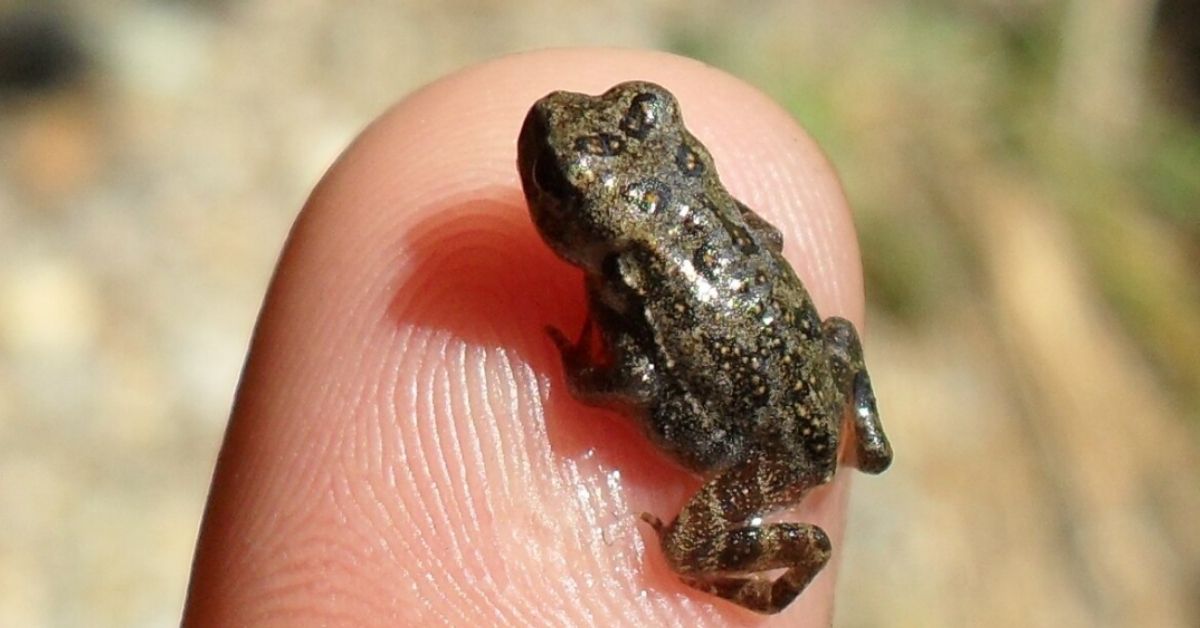Twenty years ago, Root the turtle was brought to the Oaklawn Farm Zoo in Nova Scotia, Canada, after being scooped up by the Natural Resources Department.
Root’s species, the wood turtle, is protected under the Nova Scotia Endangered Species Act, with a classification of “threatened.”
In an ideal world, Root would have remained in the wilds of Nova Scotia for his whole life. But the small amphibian was missing his right front foot, an injury that put him at risk from predators.
So, for nearly two decades, Root lived on the Oaklawn Farm Zoo before moving to Shubenacadie Wildlife Park in 2023 when the zoo closed down.
At the park, he regularly made a big show of standing in the communal food dish and gained a reputation for being a little too assertive with the other turtles.
“[He’s] very bold, brave, I don't want to say overbearing,” Heather McKinnon Ramshaw, an animal care specialist at the Museum of Natural History in Halifax, told the CBC.
That reputation earned him a quieter spot in the nearby museum, joining a handful of resident turtles that includes a 102-year-old Gopher Tortoise named Gus.
Most of the time, Root enjoys resting in his woodchip-filled enclosure and swimming in his tank, but three times a week, the turtle takes walks through the hallowed halls of the 157-year-old science museum.
It was during these excursions that the museum staff noticed that Root’s injury caused him to scrape the underside of his shell as he walked.
“Because one leg is essentially shorter than the other one, we found that he was kind of clunking his shell down,” McKinnon said. “There was some wear on the shell, and we didn't want it to get worse, so he needed something to lift him up.”
As the staff put their heads together to help out their semiaquatic coworker, their first draft came in the form of medical adhesive tape and bandages — but it proved unwieldy to put on and take off.
Then, when a LEGO exhibit popped up in the museum last December, a lightbulb went off for Tessa Biesterfeld, a naturalist interpreter at the museum: Why not make Root a personalized ramp out of the plastic bricks?

After piecing together a green-checkered platform — with accompanying wheels — Biesterfeld used a small dog harness to loop the contraption around Root’s midsection.
“We thought that'd be so great because we know it's non-toxic, we know that we can replace the parts as we need, and should his shell change or grow, we can change the shape and size of that. It's very modular,” Biesterfeld said.
According to the staff, Root only needed one day to master the LEGO aid.
“We didn't want to make a skateboard or make anything that would just have him zooming too unnaturally fast, but he's clearly going a little faster than the average wood turtle, but he seems happy to do so,” Biesterfeld noted. “He's getting lots of great exercise.”
“Now when I snap his harness on, it's like when he hears that snap, he's ready to go,” Biesterfeld added.
Although Root’s exact age is unknown, wood turtles can live between 50 to 80 years, which means he’s settling in for a long tenure at the museum.
“We may have him for a while, so we want to make sure he's comfortable," McKinnon said.
You may also like: After being struck by a boat, this paralyzed sea turtle can now swim with an innovative 3D-printed harness
Header image via Pixabay (Creative Commons CC0 1.0 Universal Public Domain) / Colin Osborn/USFWS (PDM 1.0)



